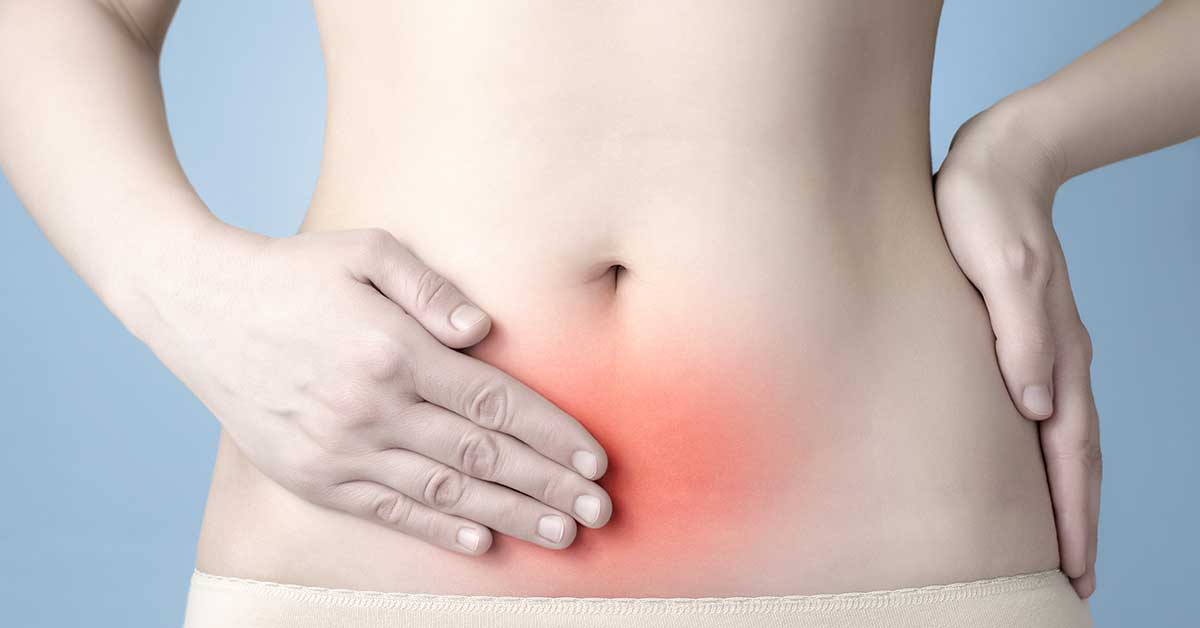
Defining Endometriosis
Endometriosis is a complex condition where tissue resembling the lining of the uterus, known as the endometrium, grows outside the uterus. This misplaced tissue, containing endometrial glands and stroma, can trigger irritation and bleeding in surrounding tissues. The immune system responds by releasing inflammatory proteins, leading to swelling and inflammation. This process can result in severe pelvic pain for the individual. Over time, the formation of scar tissue and adhesions may occur, potentially causing the pelvic organs to adhere together.
The Universal Challenge
Research suggests that approximately 1 in 10 women worldwide are affected by endometriosis, totaling around 176 million individuals. Endometriosis is a universal challenge that does not discriminate based on age, ethnicity, or socioeconomic status, impacting women across various stages of life. From teenage schoolgirls to women post-menopause, endometriosis can significantly affect a person's quality of life. Despite its prevalence, endometriosis often goes undiagnosed or misdiagnosed, leading to delays in appropriate treatment and management. Many individuals endure years of suffering and numerous doctor visits before receiving a proper diagnosis, with an average diagnostic delay ranging from 7 to 10 years. This condition can significantly impact a woman's quality of life, causing chronic pain, fatigue, and emotional distress.
Symptoms of Endometriosis
Many individuals may notice a fluctuation in their symptoms throughout their monthly cycle, with pain intensifying during menstruation and sometimes even during ovulation. These changes are thought to be linked to variations in hormone levels that impact the activity of endometriosis. Endometriosis contains receptors for estrogen and progesterone, which play a role in the disease's progression by responding to the levels of these hormones in the body. The peritoneum, a protective membrane covering the pelvic structures, is the most common site for endometriosis. While most cases involve superficial lesions that are not easily detected through imaging, some individuals may experience deep and invasive lesions that affect organs like the bladder, bowel, and even the diaphragm.
If a woman experiences symptoms such as painful periods, pain with intercourse, gastrointestinal discomfort, or urinary issues, endometriosis may be suspected. Other common symptoms include pelvic pain, heavy or irregular menstrual bleeding, and infertility. Patients with endometriosis often complain of bloating and fatigue, and these symptoms can improve with root cause treatment. Endometriosis can affect various sites within the pelvic region, such as the ovaries, fallopian tubes, uterus, bladder, and intestines. It is important to note that not all individuals with endometriosis experience symptoms, and some may only discover the condition during fertility evaluations or surgical procedures.
During a pelvic exam, tenderness and pain in specific areas may be reported, and nodularity behind the uterus can be detected by a healthcare provider. However, a definitive diagnosis can only be made through surgical procedures, where abnormal tissue samples are biopsied and examined for the presence of endometrial-like glands and stroma.
Diagnosis and Challenges
Diagnosing endometriosis can be challenging due to the lack of specific symptoms and the overlap with other gynecological conditions. Currently, the gold standard for diagnosis is through surgical intervention, such as laparoscopy, where a healthcare provider can visualize and confirm the presence of endometriosis. However, there are diagnostic criteria that healthcare providers use to assess the likelihood of endometriosis based on symptoms, pelvic exams, and imaging studies.
Unfortunately, there is often a delay in diagnosis, with many individuals experiencing symptoms for years before receiving a proper diagnosis. Improved awareness, education, and research are crucial in reducing this delay and ensuring timely diagnosis and management.
Although the gold standard diagnosis of endometriosis is a tissue diagnosis, required after excision surgery, at RESTORE Center for Endometriosis, with thorough preoperative evaluation and planning, we seek to offer see-and-treat surgery; so that, at the same surgery, endometriosis is both diagnosed and treated.
Exploring Lesser-Known Facts
Were you aware that the oldest individual treated for endometriosis was in her 80s? Endometriosis is a condition that can persist even into menopause, though the severity of symptoms may lessen. Interestingly, reports of endometriosis trace back to 1825 BC in the Kahun Papyrus of ancient Egypt. Throughout history, references to endometriosis have been found in medical texts dating back to the early 19th century, shedding light on the enduring nature of this condition.
Beyond the typical pelvic sites, endometriosis can also manifest in unexpected areas like the lungs, diaphragm, and even surgical scars. Furthermore, endometriosis has been documented in diverse cases, including stillborn female fetuses, young girls, and even women born without a uterus.




